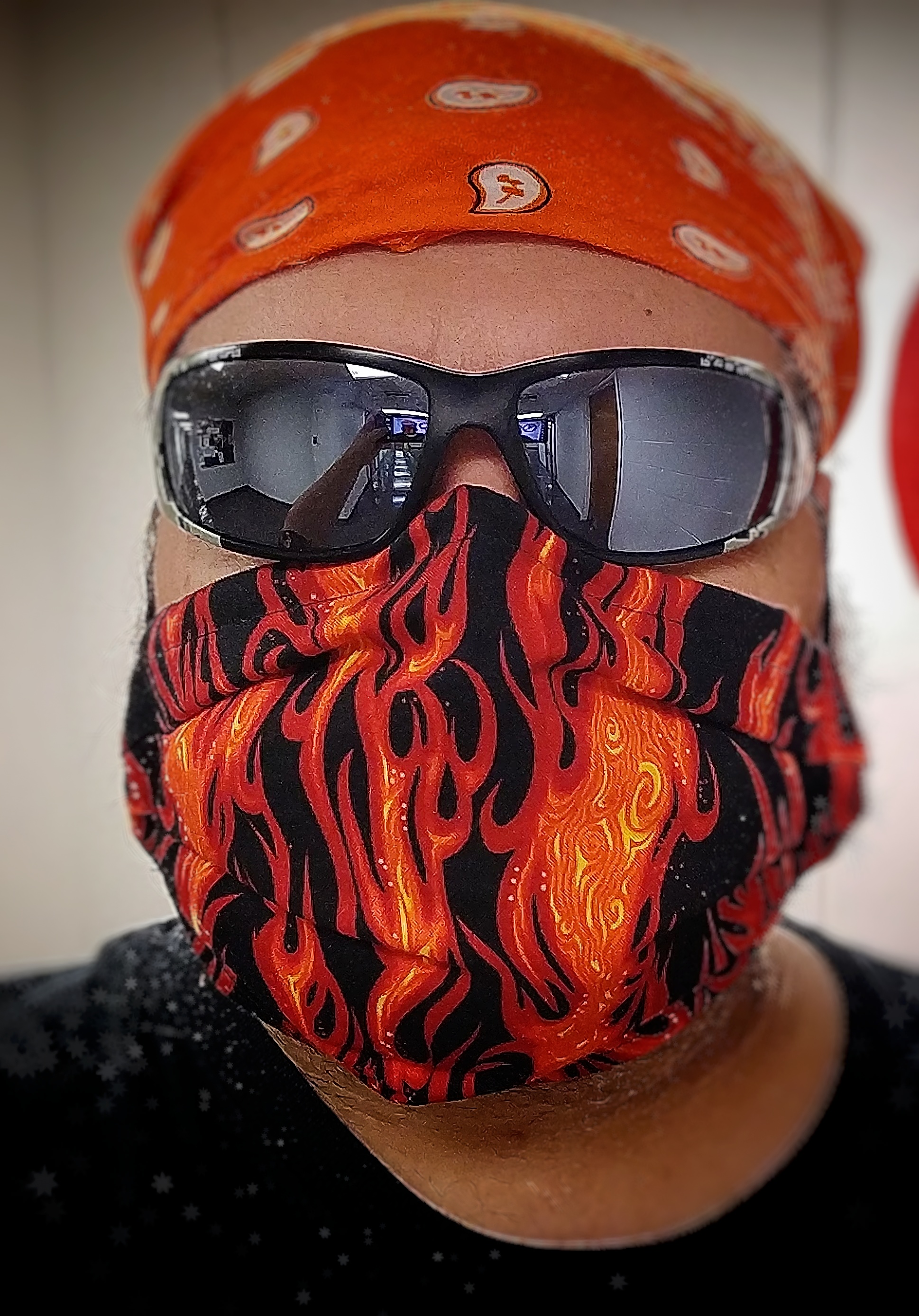Hello everyone!
I’m finally tired enough of the invasive and anti-consumer practices of Windows to convert over. I’m going to start with my laptop, but I’m concerned about compatibility for 2-in-1 convertible touchscreens.
A distro that’s sufficient for both computers would be ideal for consistency’s and simplicity’s sake.
- 2-in-1 convertible touchscreen laptop. Can be folded into a “tablet” mode. Used for web browsing and simple games
- Main workstation for gaming, programming, etc. NVIDIA GPU (no touchscreen)
Most anecdotes say touchscreen support is hit or miss, and the On Screen Keyboard / Auto-rotate support is an additional challenge. MINT with cinnamon seems to be the best contender at the moment due to its compatibly with most games and the touchscreen support seems to be there.
But, I’d love some fresh perspectives as most sources were ~a year old. Thanks for your time!
I use Fedora on a gen 7 Carbon X1 thinkpad and the small amount I use the touch screen has worked fine.
I also use Fedora Wayland but on a HP Spectre X360 from like 2013 or something, touch screen works fine and overall runs a lot better then win 10 was prior.
Anything with Wayland will have good touchscreen support
A distro with the Gnome desktop is where I would start. It has the best touch gestures and on screen keyboard. Gnome’s keyboard still could use some work however, and I would recommend you install “improved osk” if you intend to use it a lot. Cinnamon will work fine but it’s not as fancy…at least since I have last used it. (Its been a few years.)
I used to have some 2 in 1 HP x360 that I initially had Linux Mint on and it did work well. But then I tried PopOS out on it and I had to switch it over to that because of the touch screen gestures and an on screen keyboard that would automatically pop up when you activated a text field. I wouldn’t recommend PopOS right now if you want the latest and greatest Gnome updates, as it is a bit out of date since they are focusing on creating their own desktop. It’s still a solid choice though.
i have arch linux running on a surface pro 6
laptop specs: core i5, 8 gb ram, 256 gb ssd
linux setup:
- arch btw
- linux-surface kernel
- gnome (Wayland)
the touchscreen is working very smoothly
I’ve owned a Thinkpad A485 with touchscreen for years and had several Linux distros on it including Manjaro and Linux Mint which I am currently using.
Never had any issues, touchscreen always works out of the box without me having to do anything extra. In fact, with a few distros, I’ve had issues with certain wireless mice, but my touchscreen always has worked. So I’ve actually had slightly better luck with the laptop touchscreen than some external mice lol.
Now a qualifier: I rarely use the touchscreen, and when I do, it’s always just to click something or scroll on an article or file list. I don’t do any special gestures or fancy touch functions, so I can’t speak to support from that perspective.
Using an xps17 2019. The touch screen works ok, but it stops working after closing the lid. Using EndeavourOS with Wayland btw.
manjaro running on an old yoga 12. no problems. it’s the old ladies, so i would have heard.
deleted by creator
I’ve had a couple touchscreen portables that run Linux. I virtually NEVER use the touchscreen on the traditional notebook style portables, which are an Asus Zenbook from the mid-2010s and a Dell Latitude 7390 from 2017 or so. Both run Debian/XFCE. The desktop environment isn’t really designed for touch interaction, and the screens have pretty low resolution and terrible multitouch support. It works.for the odd button press, or to advance slides during presentations. It’s just not a great experience. Plus, both of those screens smudge like the Devil, and just collect fingerprints & dust.
The third portable is a Lenovo Carbon X1 slate, one of the generations from late 2019. It has a Wacom 3000x3000 touch display built in, and a multifunctional stylus. I run Mint Debian Edition with Cinnamon on that one. Its on Mint 18 or 19, so take the next bit as how it was a couple years ago: the touchscreen experience in Cinnamon is functional but a little.clunky. Touch interaction is responsive, accurate and smooth. Writing with the stylus takes some getting used to, but taking handwritten notes and diagrams in Xjournal or an app called Write was okay. I never got the hang of calling up the on-screen keyboard in fewer than a couple.of taps, but once it was up it worked fine. Its terrible for coding or commandline interactions because the special character layouts were more iThing-like.than Android but it did work, even if slowly.
One thing I did struggle with was screen rotation. I had to download and tweak a script that called some xrdb or xrandr commands when the orientation changed. Kludgy, but it did work and it got the job done.
I imagine newer versins of Cinnamon have improved on all this in the last few years. In fact, I was going to make a project this week of reinstalling that system on the latest LMDE to see if I couldn’t make better use of it now that we’re back in the office a few days a week. I was getting the hang of the digital notepad, and now I kind of miss it.
(Why reinstall? Dumb decisions on my.part when sizing the slices I used for boot and root. Gotta blow it all away to make it right.)
Happy to answer questions if I can.
A colleague wanted to throw out Lenovo IdeaPad Duet 3, 10IGL5 (a tablet pc with IMO cool keyboard that can be disconnected and used over bluetooth, 4 core intel CPU taking like 5W & 8GB of ram). Originally bought for his kid but it is absolutely useless under windows. I’ve tested it with current Ubuntu with somewhat meh results (BT keyboard won’t work, no chance to get the automatic screen rotation going, screwy on screen keyboard) then I have installed Fedora and the thing is absolutely amazing. Everything works out of the box, I haven’t done anything “smart” at all and honestly as a XFCE (still deep in x11) user I am amazed how well the Wayland is doing on this. I would dare to say better out of the box experience than Apple - everything is similarly polished but you don’t have to register / pay anything. Now my teamleader is taking it to presentations. He connects the display over USB-C adapter to the projector, walks over the room and controls it with the BT keyboard - Mac wielding accounts are starting to cry. As docker/podman is native he continues to spin up the whole app in a container - at which point every technical person in the room needs to know what the f is that thing?! They are no longer being manufactured though, newer version does not have that cool keyboard…
I actually just went through this exact situation in the last month and I switched to LMDE6 on my 2-in-1 lenovo touch screen. Auto rotation didn’t work right out the gate, but iio-sensor-proxy fixed that. In general, I’ve noticed that the touchscreen default setting for some apps (eg, firefox) treats touches as a mouse click, so rather than scrolling it would select text. But I’ve found this AskUbuntu fix worked for me. Been a good experience since then.
deleted by creator
I have an Thinkpad X380 Yoga running stock Fedora with GNOME and it works pretty damn well. The pen works and it recognises the buttons, the auto appearing keyboard works and so does the auto rotate. Basically very few problems at all, I don’t use it all that extensively outside of GIMP though.
I use an old Surface Pro 3 with PopOS and it works perfectly
deleted by creator





